Your challenges
Water treatment facilities today face complex demands. CeraMac® helps you respond to these challenges:
Navigating complex regulatory demands
Water utilities operate under increasingly stringent national and international regulations. Meeting evolving standards for microbial safety, turbidity, and emerging contaminants requires advanced treatment technologies that can consistently deliver compliance, without adding complexity or risk to operations.
Addressing public health and safety expectations
Consumers and stakeholders expect safe, clean drinking water always. Utilities must ensure effective removal of pathogens, organics, and other health-related contaminants, even during source water fluctuations or extreme weather events. Traditional systems may struggle to maintain consistent performance under such conditions.
Reducing environmental impact and carbon footprint
Sustainability is no longer optional. Utilities are expected to reduce energy consumption, minimise chemical use, and lower their overall carbon footprint. This requires filtration solutions that are not only effective but also resource-efficient and aligned with long-term environmental goals.
Controlling operational and maintenance costs
Balancing performance with affordability is a constant challenge. High energy bills, frequent maintenance, and short asset lifespans can strain budgets and limit investment in innovation. Utilities need durable, low-maintenance systems that reduce lifecycle costs while maintaining high throughput and reliability.
How does it work?
Backwashes & Cleaning
-
Water Backwash (BW)
Permeate → feed flow, up to 5 bar, air-spring assisted; duration: a few seconds. -
Chemical Enhanced Backwash (EBW)
Uses NaOCl, H₂O₂/acid, or ozone; duration: approx. 10 minutes -
Clean-in-Place (CIP)
Full chemical cleaning (chlorine, low pH/peroxide, or ozone); frequency depends on fouling rate and feed water quality.
Membrane Integrity Test (MIT)
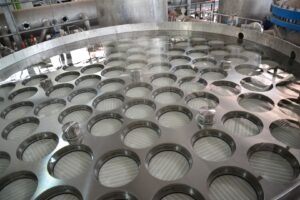
Each membrane vessel is continuously monitored through automated integrity testing. Tests run daily or at user-defined intervals (typically every 24 to 168 hours) to detect physical or performance-related issues, ensuring safe and reliable operation.
Configuration Options
CeraMac® vessels are available in multiple configurations to suit different plant sizes and capacities. Each vessel can house up to 90 ceramic membrane elements, offering a compact footprint and scalable design for both small and large installations.
| Model | Number of Membranes | Filtration Surface Area |
| C8 | 8 | 200 m² |
| C19 | 19 | 475 m² |
| C37 | 37 | 925 m² |
| C90 | 90 | 2,250 m² |
These modular configurations support scalability and are suitable for both greenfield installations and retrofitting existing plants, offering flexibility in plant design and expansion.
Our positive impact
CeraMac® helps water utilities meet today’s treatment challenges with a robust, sustainable, and efficient ceramic microfiltration solution:
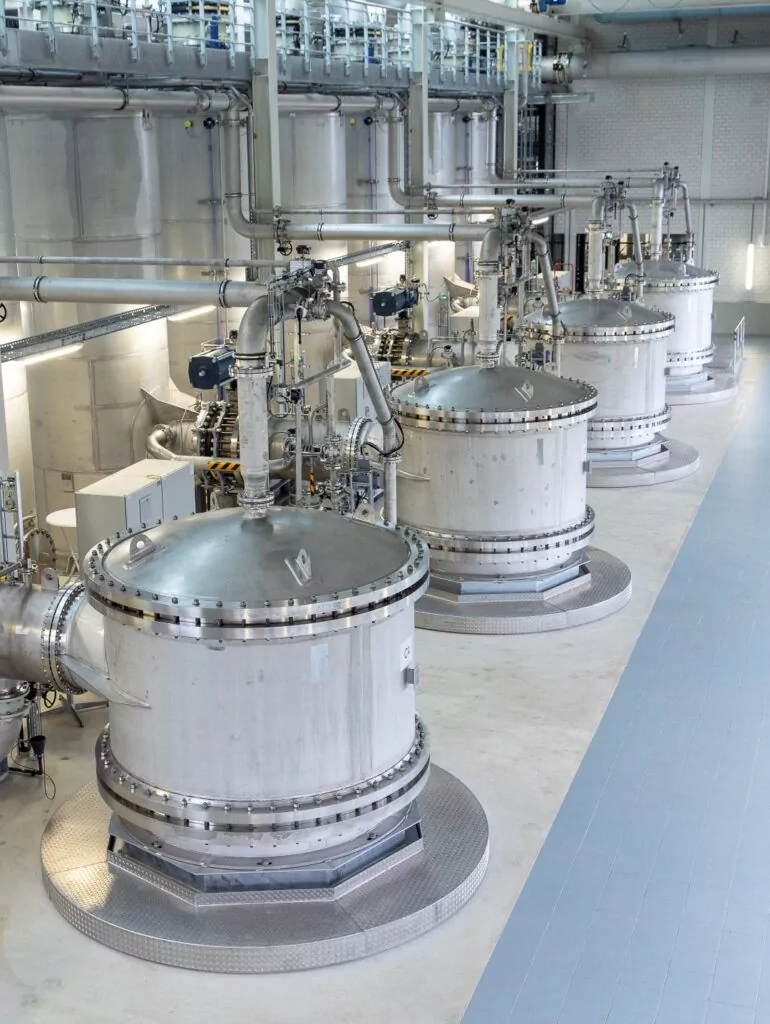
Consistent water quality
Effectively removes turbidity, organics, and pathogens, including ≥ 4.0 log removal of Cryptosporidium and Giardia, even under variable source water conditions.
Reliable and efficient operation
Delivers high-flux filtration with low energy consumption and minimal downtime, contributing to low operation cost. Recovery rates typically range between 95–98%, supported by automated cleaning and fouling resistance.
Sustainable by design
Built with fully recyclable ceramic membranes and no plastics. Long asset life (25+ years) and low chemical and energy consumption contribute to a reduced carbon footprint and lower environmental impact.
Modular and scalable construction
Frame-based, modular design allows for off-site assembly, faster installation, and easy scaling. Ideal for both greenfield projects and retrofits, with minimal disruption on-site.
Do you want to know more about CeraMac®?
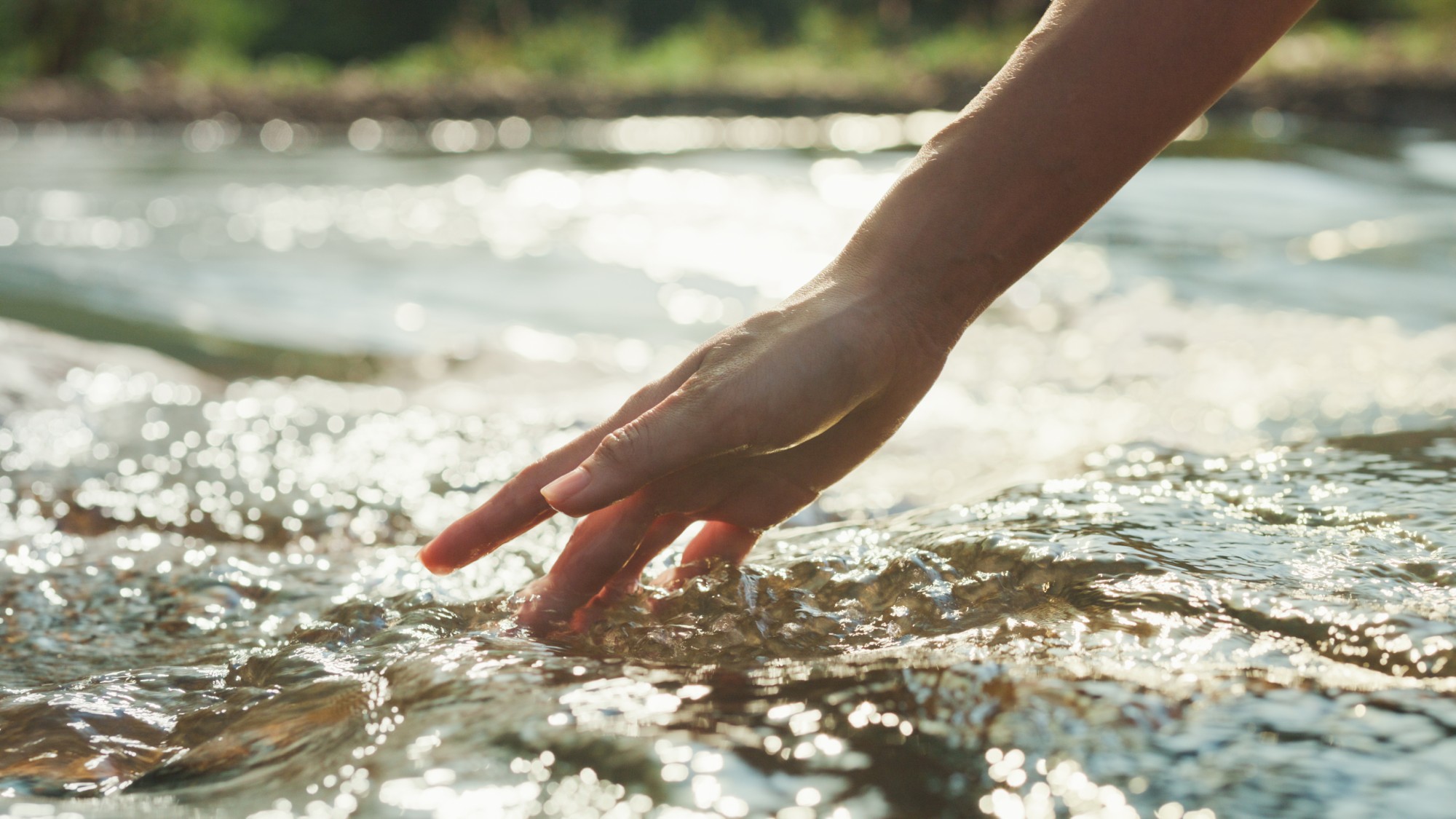
Key figures
12 plants
in operation or in development
Over 1,000 MLD
delivered or in development
References
See all our references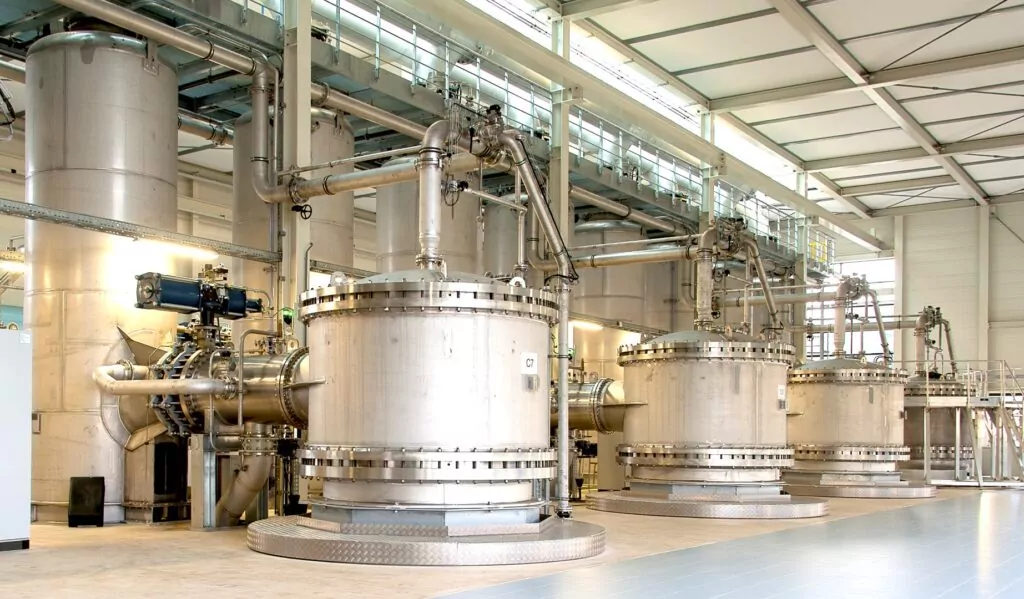
- Municipal
- Municipal drinking water
Andijk III Water Treatment Plant (PWN)
The Andijk III Water Treatment Plant was designed to treat 120 million liters of surface water per day from the IJsselmeer. The project was commissioned by PWN, the drinking water utility of North Holland, and was driven by the need for a more sustainable and effective pre-treatment system to ensure high water quality while reducing environmental impact and energy consumption.
In operation since 2014, the plant required the integration of advanced technologies to:
-
Remove a wide range of trace contaminants, including dissolved organic carbon, pharmaceuticals, and pesticides.
-
Minimize reliance on chemicals and reduce the environmental and operational footprint.
-
Ensure the system’s long-term reliability, scalability, and compatibility with existing and future infrastructure.
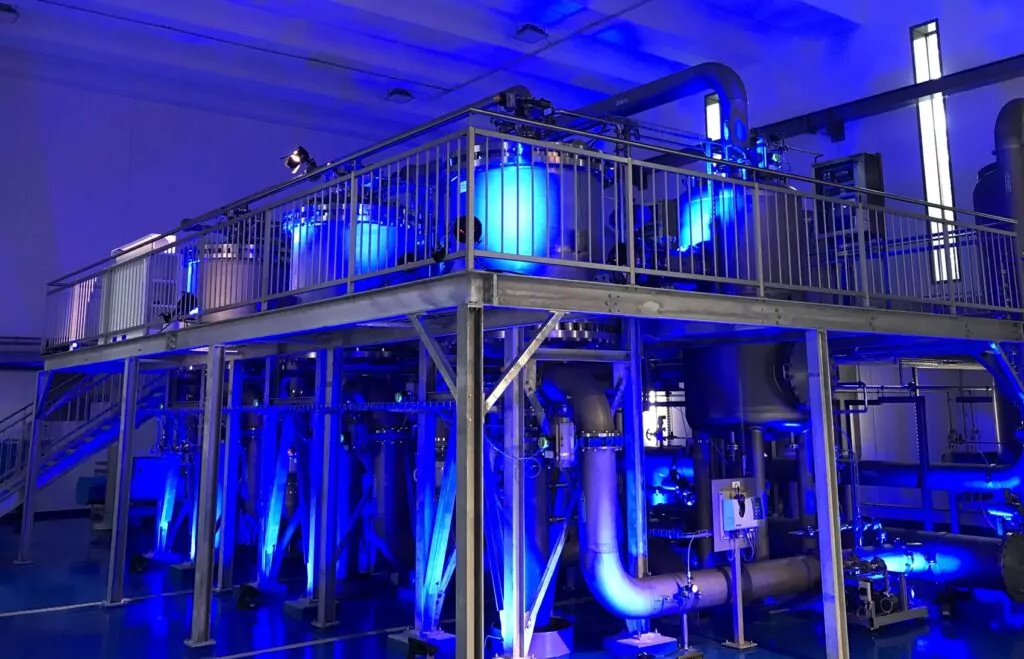
- Municipal
- Municipal drinking water
Quellwasserwerk Sonnenberg (ewl)
The Quellwasserwerk Sonnenberg is a spring water treatment plant commissioned by ewl (energie wasser luzern) and started operation in 2018. The plant’s purpose is to increase the proportion of spring water in Lucerne’s drinking water supply from approximately 12% to about 50%, improving water quality and sustainability.
The project faced these main challenges:
-
Utilizing the natural spring water sources while preserving water quality and ecosystem balance.
-
Minimizing energy consumption by using gravity-fed water flows, limiting the need for mechanical pumping.
-
Designing a treatment process that maintains the natural water quality, removing turbidity and contaminants without chemical additives.
-
Ensuring reliability and long-term operational sustainability.
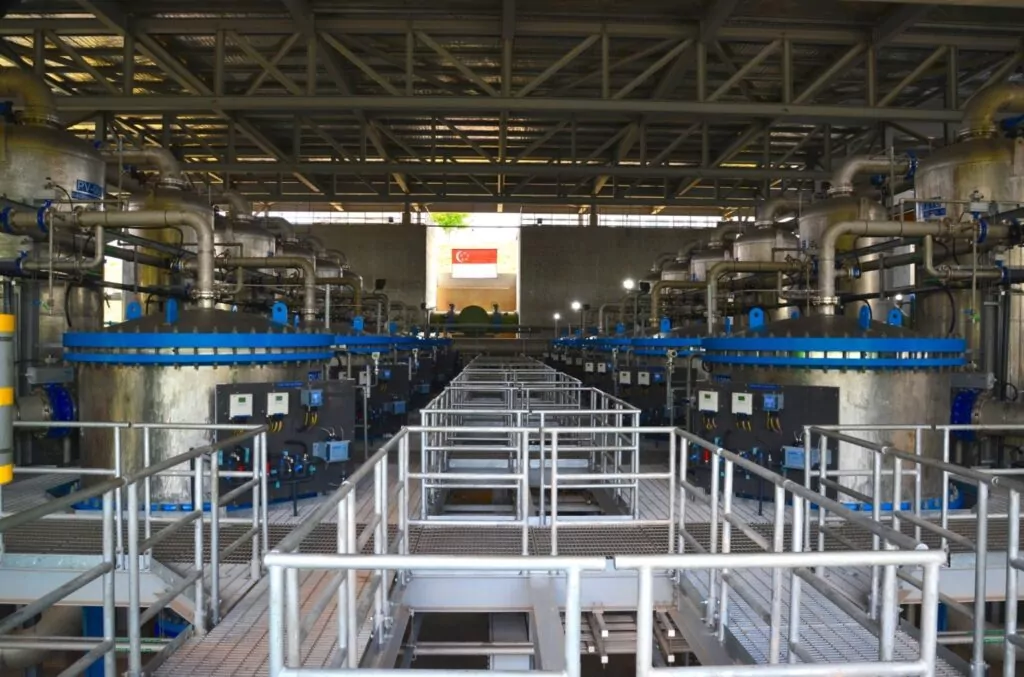
- Municipal
- Municipal drinking water
Choa Chu Kang Waterworks (PUB)
— AWARD: GWI Global Water Awards 2020 Water Project of the Year —
The Choa Chu Kang Waterworks (CCKWW) upgrade was commissioned by PUB, Singapore’s national water agency, as part of a strategic effort to implement innovative technologies in large-scale water treatment. Officially opened in 2019, the project followed an 18-month pilot phase that validated the performance of ceramic membrane filtration and ozone pre-treatment under local conditions.
This initiative aimed to:
-
Integrate the world’s largest ceramic membrane filtration system into an operational treatment facility
-
Mitigate membrane fouling challenges through the use of ozone oxidation
- Enhance long-term resilience to variable raw water quality and climate impacts
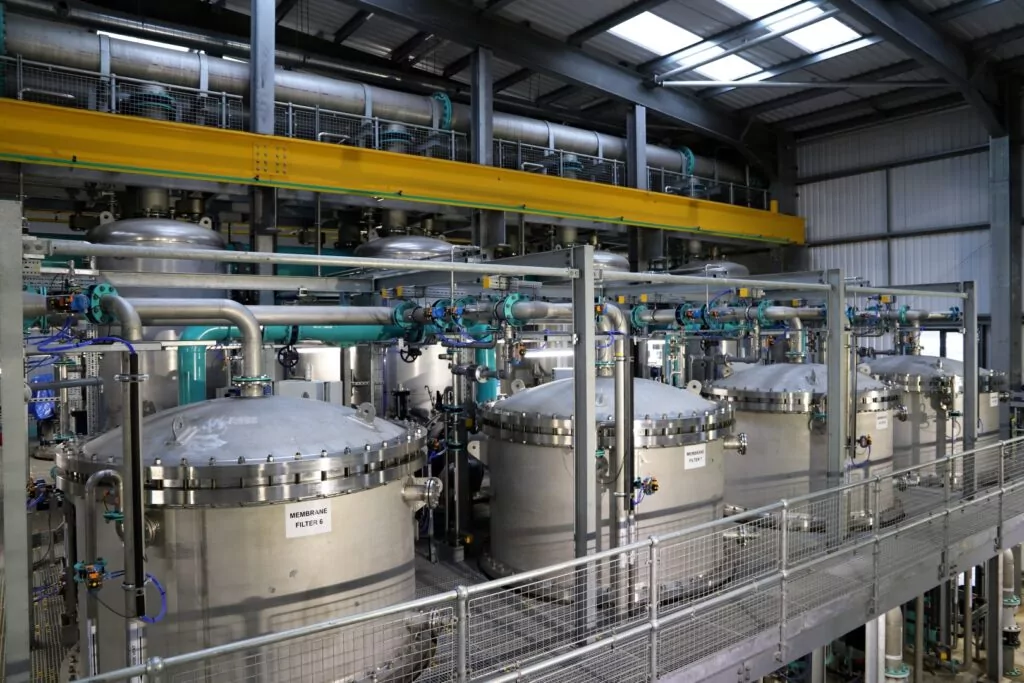
- Municipal
- Municipal drinking water
Mayflower Water Treatment Works (South West Water)
Commissioned by South West Water and officially opened in 2020, the Mayflower Water Treatment Works replaces the aging Crownhill plant in Plymouth. Serving about 250,000 residents , it meets increased urban demand and tightens regulation.
The project introduced a groundbreaking combination of technologies (SIX®, ILCA®, CeraMac®) following a pilot at Crownhill (2013–2015), addressing key challenges such as:
-
Delivering a compact, low-footprint footprint design in a constrained site
-
Removing dissolved organic carbon (DOC), pesticides, and microorganisms to meet stringent water quality standards
-
Reducing chemical usage, energy costs, and operating expenses
-
Ensuring reliable long-term operation and automatable performance
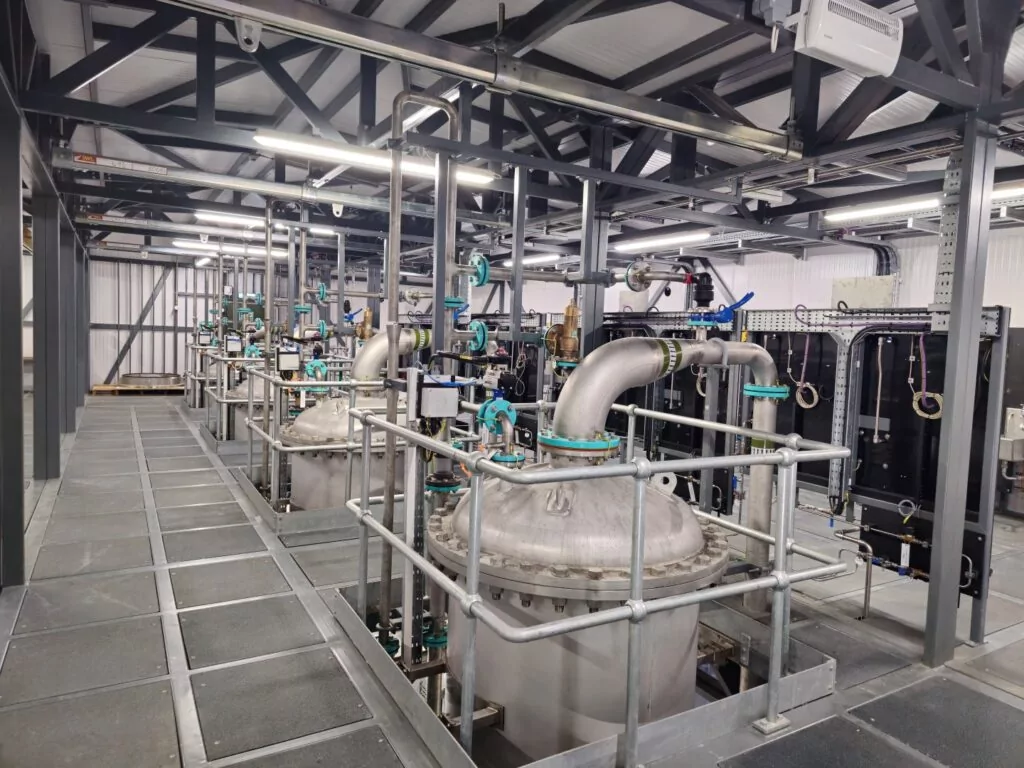
- Municipal
- Municipal drinking water
Bonnycraig Water Treatment Works (Scottish Water)
Scottish Water commissioned the development of a new modular water treatment facility at Bonnycraig (Peebles) to provide high-quality drinking water for the local area. The project marked Scotland’s first ceramic membrane modular plant, designed and delivered in partnership with RSE and incorporating PWNT technology. It was commissioned in 2022, with the official opening held in 2023.
Key challenges included:
-
Delivering a high-performance treatment solution within a limited footprint and an environmentally sensitive landscape.
-
Minimizing on-site disruption and emissions by employing an off-site modular construction approach.
-
Integrating ceramic membrane filtration technology with essential treatment processes while maintaining long-term sustainability and resilience.
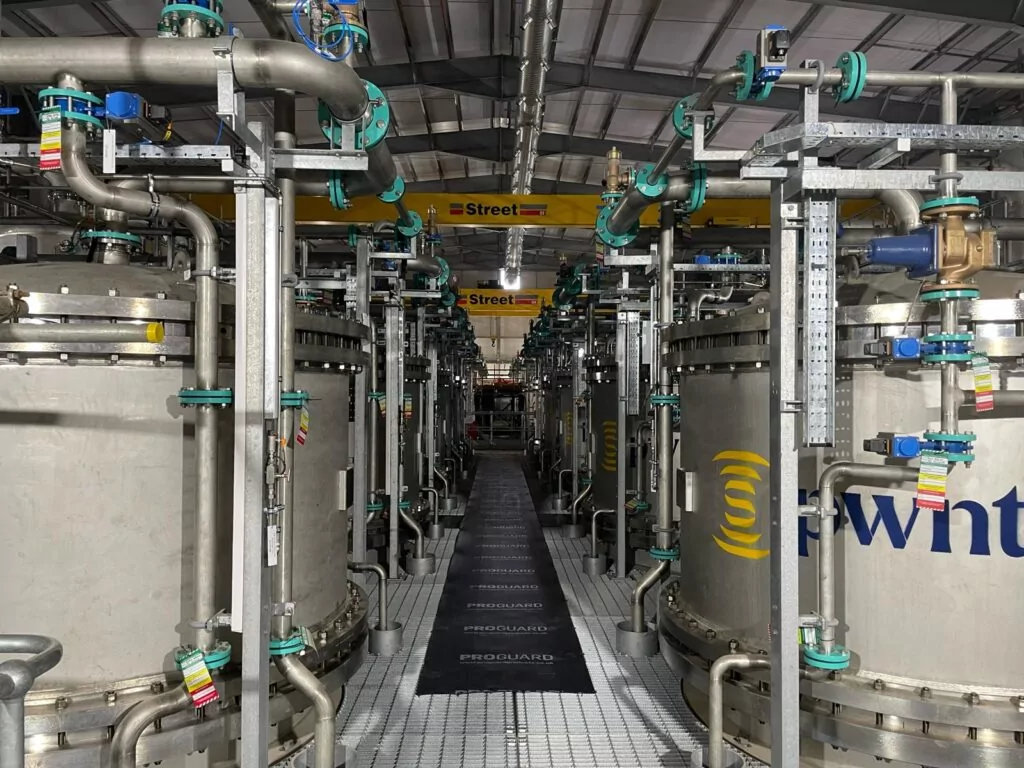
- Municipal
- Municipal drinking water
Hampton Loade Water Treatment Works (South Staffs Water)
Hampton Loade Water Treatment Works, operated by South Staffordshire Water, underwent a major upgrade to improve water quality and address risks identified by the Drinking Water Inspectorate (DWI). The site required modernization to maintain compliance with increasingly stringent regulations and to continue supplying safe drinking water to a large portion of the West Midlands region.
This project aimed to:
-
Improve protection against microbiological risks: The existing process was not consistently removing pathogens such as Clostridium perfringens and Cryptosporidium, raising concerns over the safety of the supply.
-
Address aesthetic issues in treated water: Customers had experienced incidents related to taste, odor, and discoloration, linked to insufficient removal of natural organic matter.
-
Enhance resilience under varying raw water conditions: Seasonal changes and weather events caused fluctuations in turbidity and contaminant levels, challenging the plant’s ability to deliver consistent water quality.
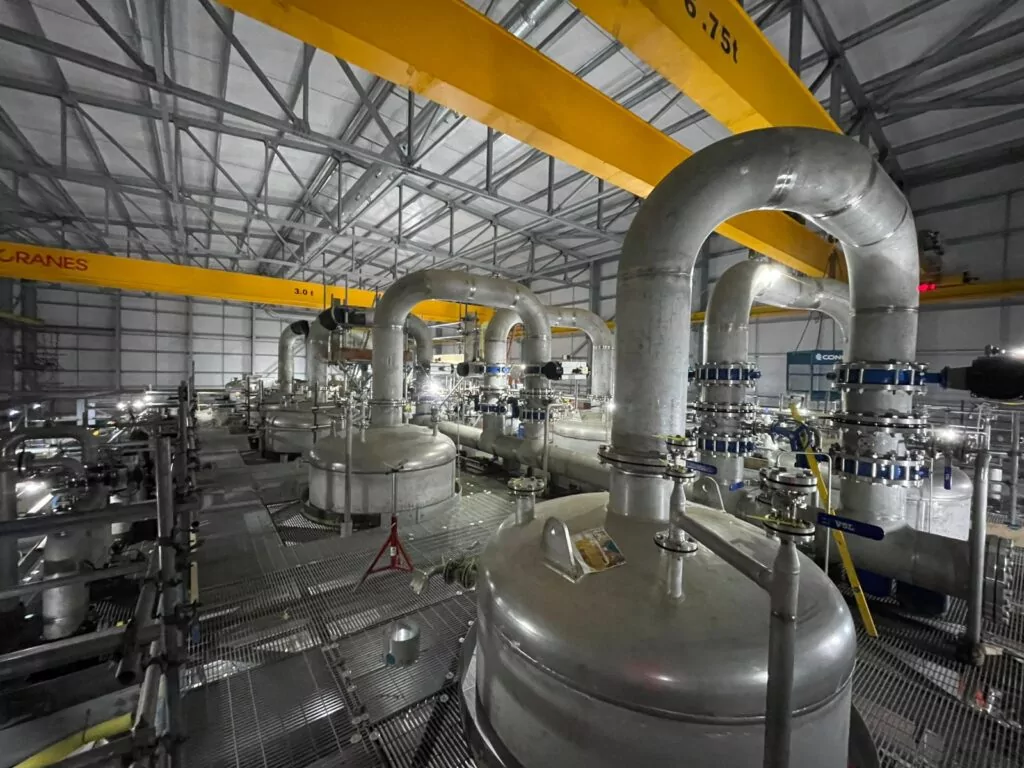
- Municipal
- Municipal drinking water
Witches Oak Water Treatment Works (Severn Trent)
Severn Trent Water launched the Witches Oak project as part of its Green Recovery Programme to secure additional water supply from Witches Oak gravel lakes and the River Trent. The site’s water required enhanced treatment methods to meet stringent drinking water standards.
An 18-month pilot phase, featuring PWNT’s ILCA® and CeraMac® technologies, was conducted at Church Wilne WTW to validate treatment performance under variable raw water conditions, including emerging contaminants. The full-scale plant, with a capacity of 89 MLD, is currently being commissioned.
Pilot operations remain ongoing to evaluate additional treatment parameters, both for the ILCA®/CeraMac® combination, and for the potential future integration of PWNT’s SIX® (Suspended Ion Exchange) technology.
Key challenges addressed by the upgrade included:
-
Improving the removal of microbiological and chemical risks, including Cryptosporidium, turbidity events, organic contaminants and nitrates.
-
Enhancing resilience to seasonal variations in water quality by treating a blend of rivers Trent and Derwent.
-
Meeting sustainability and energy efficiency goals by minimizing reliance on chemical and carbon-intensive treatment processes.
Frequently asked questions
CeraMac® is built from nearly 100% recyclable materials, with no plastic. Its main components are stainless steel pressure vessels and ceramic membrane elements. Each part of the system (ceramic, steel, titanium, gaskets) is a single-material component, making separation, recycling, and disposal more efficient and environmentally responsible at the end of its service life.
Each membrane element is made of aluminium oxide, an inorganic and highly durable ceramic material, with a nominal pore size of 0.1 µm and 25 m² of filtration surface area. The elements are supplied by Metawater, a leading global manufacturer of ceramic membranes.
Ceramic membranes have an indefinite lifespan, with over 20 years of proven continuous operation in real-world applications. While actual service life depends on operating conditions and maintenance, it typically far exceeds that of polymeric alternatives.
Ceramic membranes offer superior durability, longer lifespan, and resistance to chemical and thermal degradation. This leads to reduced maintenance and operational costs. In contrast to polymeric membranes, ceramics are inorganic, do not degrade into microplastics, and are far more sustainable over their life cycle.
CeraMac® performs reliably under a wide range of raw water qualities and flow conditions. Standard fluxes range from 175 to 225 L/m²/h, with up to 300 L/m²/h achievable in ozone-enhanced systems. Pretreatment options like ILCA (In-Line Coagulation and Adsorption) help minimize fouling and maintain stable, high performance.
CeraMac® was originally developed for municipal drinking water treatment, but its robust performance also makes it well-suited for reuse applications and as a pretreatment for reverse osmosis (RO) in desalination processes.
